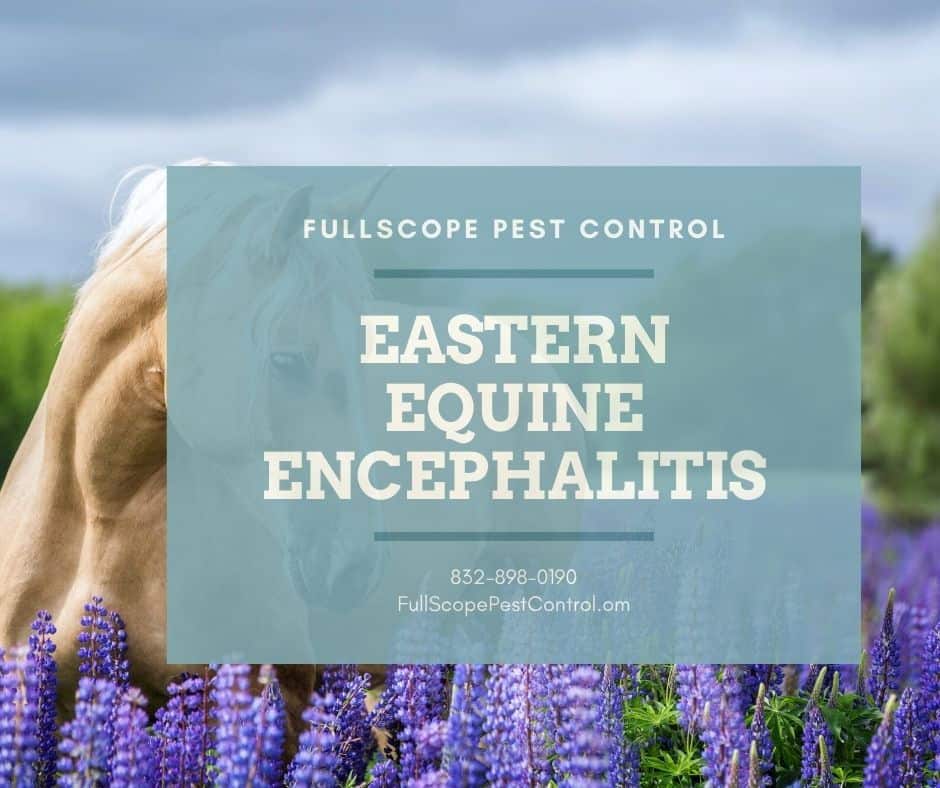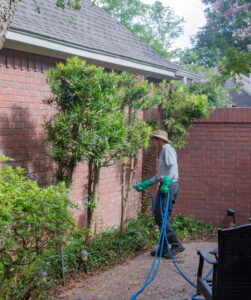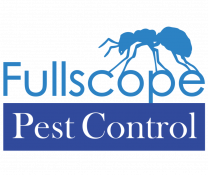What is Eastern Equine Encephalitis Virus (EEEV)?
Eastern Equine Encephalitis Virus is a disease-causing virus that is spread through mosquitoes who have bitten birds infected with the virus. Swamp mosquitoes, species of mosquitoes commonly known as the black-tailed mosquitoes, are the primary vectors of EEEV. Swamp mosquitoes transmit the virus to birds or become infected after feeding on infected birds who dwell in the same swampland habitat. These mosquitoes then transmit the illness to horses and humans through biting them.
What you should know about EEEV
Even though the probability of contracting EEEV is significantly low, it is still advisable to educate yourself about the symptoms and effective precautionary measures. The one reason why EEEV cases rarely occur is because the main transmission cycle takes place in and around swampy areas where human populations are usually limited. If you have fondness for engaging in recreational activities or a need to work outdoors in endemic regions, it’s quite important to be aware of the virus. Although anyone can become infected with EEEV, those under the age of 15 and over 50 are at a higher risk.
EEEV in the United States Today
Few human cases of EEEV are reported in the United States every year. According to the CDC, only 6 human cases were reported in 2018. However, 2019 saw a rise in the number of human and this brought the total number of cases to over 30 suspected or confirmed cases across seven states: Tennessee, Michigan, Massachusetts, North Carolina, Rhode Island, New Jersey and Connecticut. Last year, the CDC made available a comprehensive map of confirmed cases by state from 2010-2019. Till this day, the map continues to be updated after the confirmation of any new case. The CDC also provides updates on confirmed cases for other mosquito-borne diseases such as West Nile Virus, Dengue fever and Zika virus.
Must Read:KEY TICK FACTS TO KNOW
Symptoms of EEEV
According to the CDC, there are two forms of EEEV: encephalitic and systemic. Systemic infection has a sudden onset and can result in chills and fever. The illness lasts a period of one to two weeks and complete recovery is achieved when there is no involvement of the central nervous system. The encephalitic form starts off as systemic before progressing into more serious symptoms like headache, fever, irritability and sometimes, brain damage. Usually it takes between four to ten days after infection to start noticing symptoms. In the event that you or any person you know starts showing symptoms, do well to immediately contact a healthcare provider to determine the best treatment methods.
Is there a Vaccine for EEEV?
It is possible to protect horses from contracting EEEV with the use of vaccinations. Sadly, the same is not possible in the case of humans. According to the CDC, “Patients with suspected EEE should be evaluated by a healthcare provider, appropriate serologic and other diagnostic tests ordered and supportive treatment provided.”
How can mosquito-borne diseases be prevented?
The best way to protect yourself from EEEV is to reduce the population of mosquitoes in your yard or surroundings. Keeping mosquitoes away will help you avoid mosquito bites. You can reduce mosquito populations by eliminating breeding areas within your property. To help reduce the population in your yard, consider doing following:
- Install fans in outdoor spaces. Doing this deter mosquitoes from flying close by.
- Unblock gutters and drains.
- Eliminate stagnant or standing water from your yard or surroundings. Mosquitoes can’t breed without moisture.
- Ensure that there are no holes in your doors and windows
- Use mosquito repellants
You can protect yourself from mosquito bites by wearing protective clothing.
An excellent course of action to take in your fight against mosquitoes is to contact a reputable pest control company to get the job done.
Remember, it is always better to be proactive. Being negligent in how you deal with mosquitoes is equivalent to putting your health in harm’s way. Your well-being is your responsibility.






